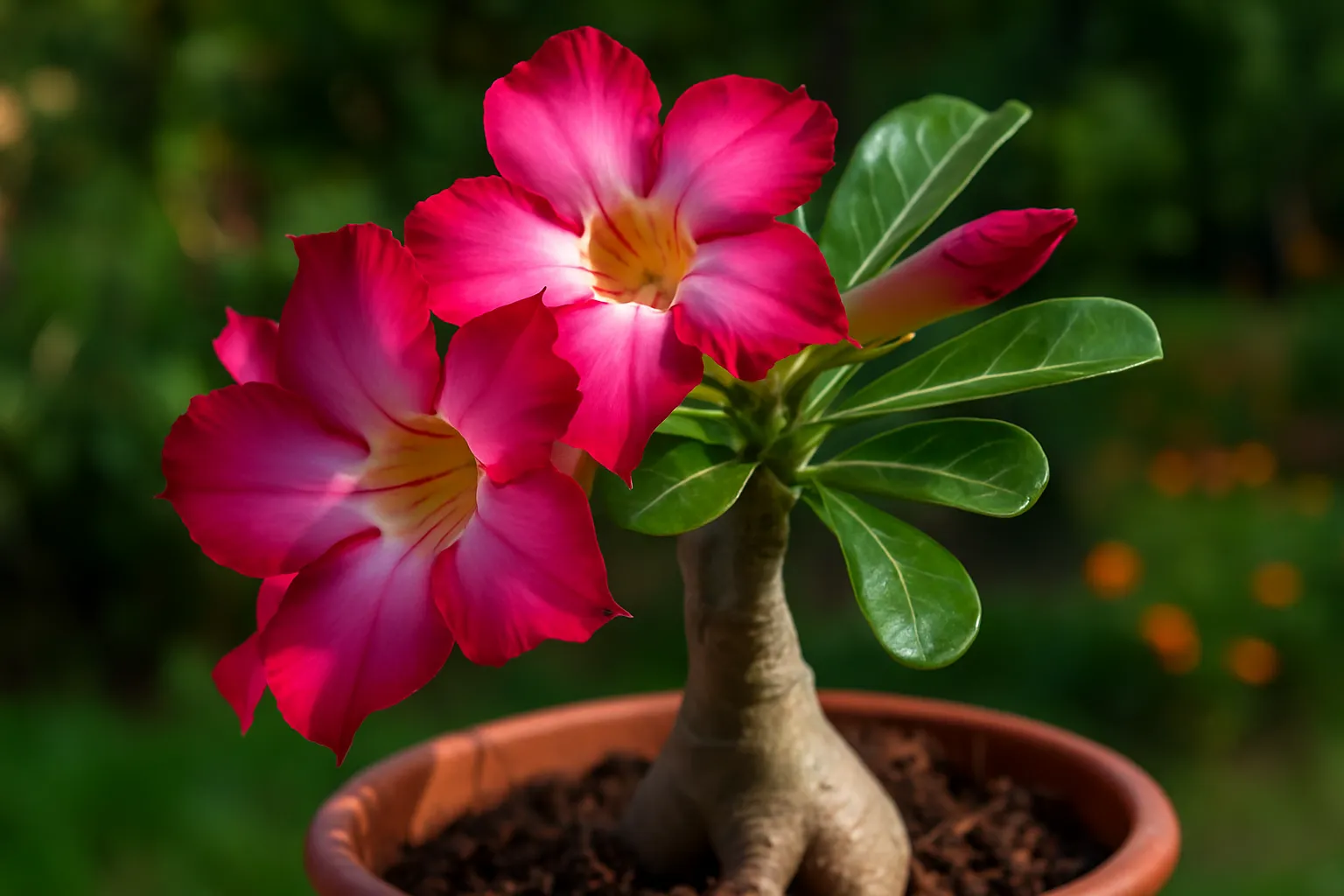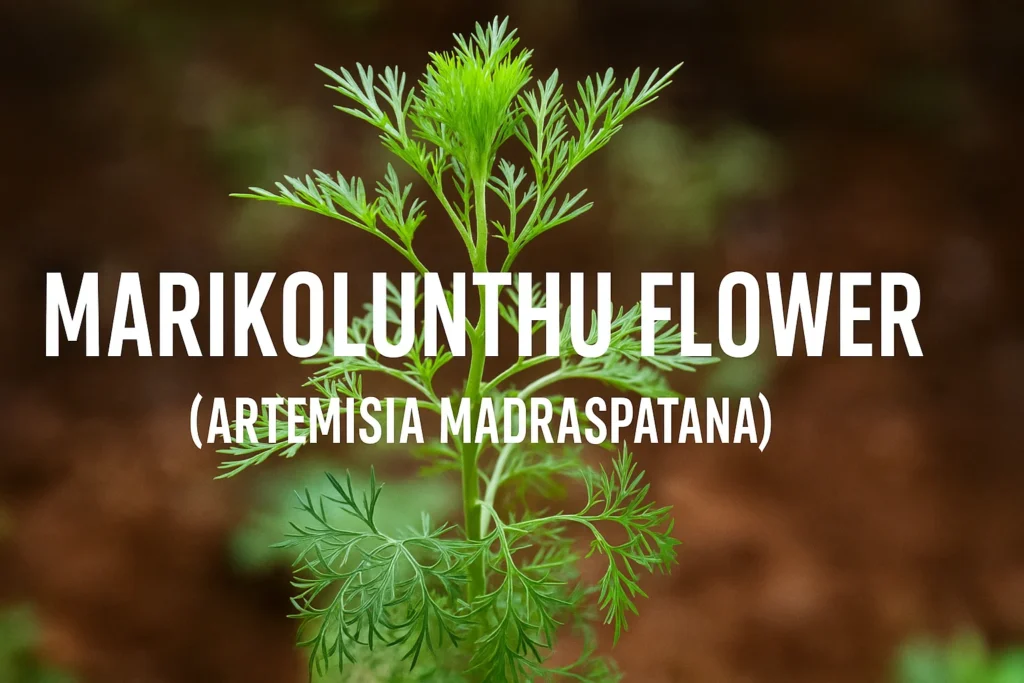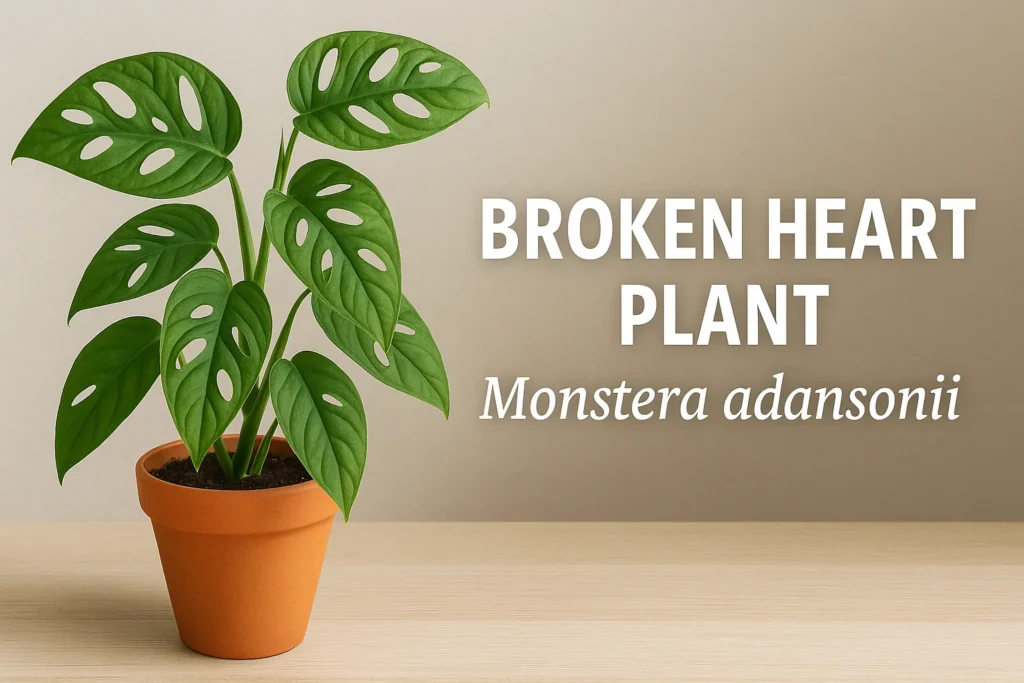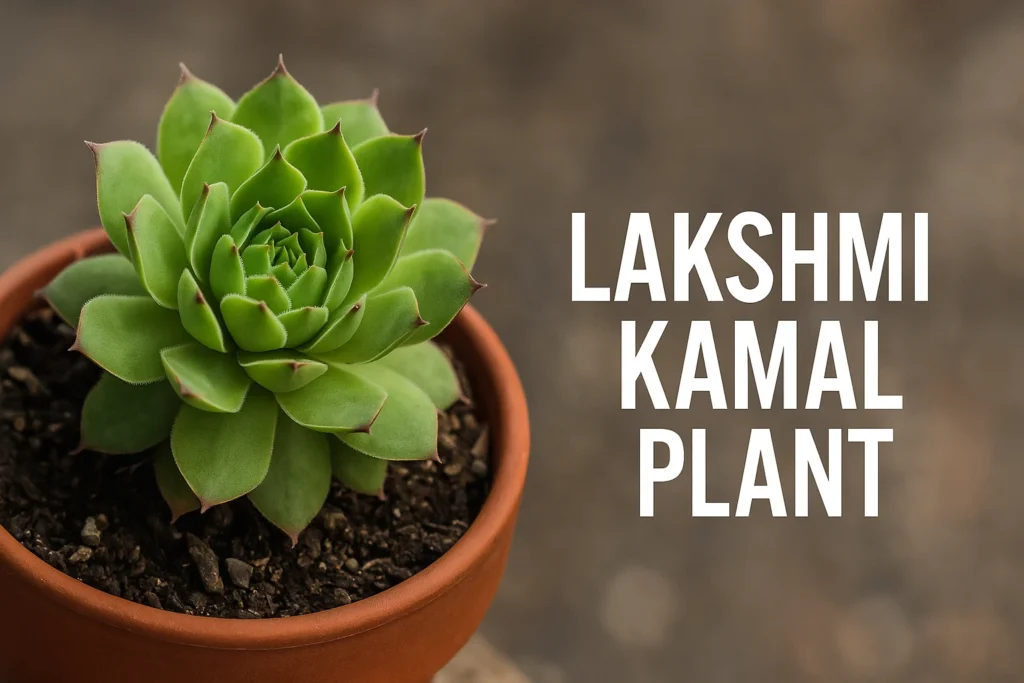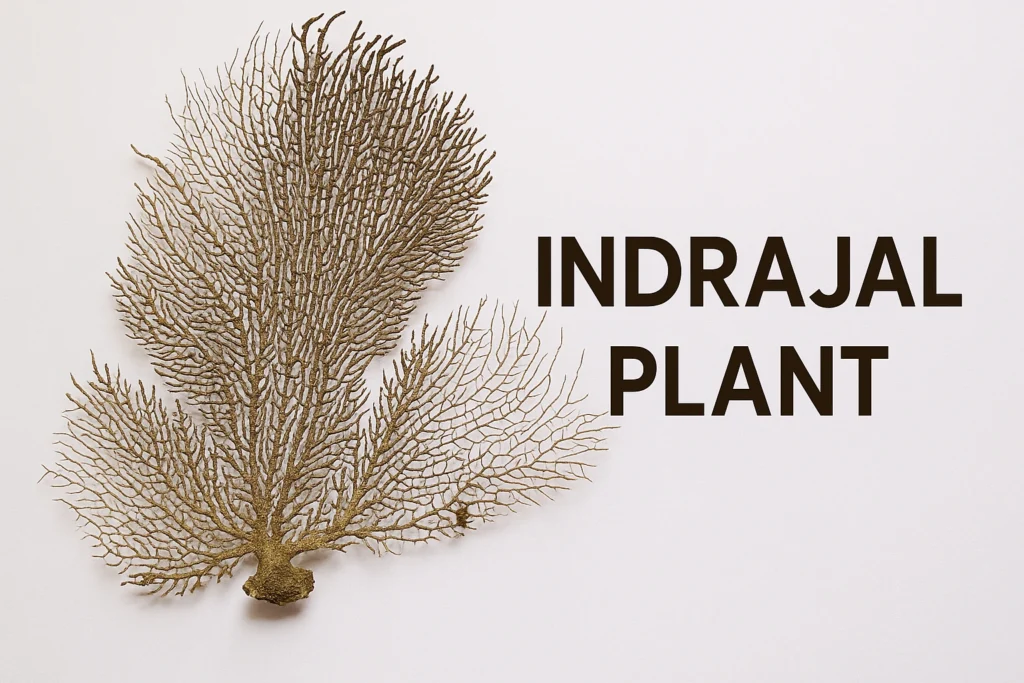Adenium Plant, more popularly called the Desert Rose, is one of those plants that never ceases to amaze gardeners. With its dramatic caudex (thick trunk), vivid flower colors, and striking bonsai forms, the adenium is much more than just another flowering plant for your collection—it’s living art. Whether you’re a seasoned plant enthusiast or just embarking on your gardening journey, you’ll find adenium both rewarding and surprisingly easy to grow once you get to know its unique nature.
What Makes the Adenium Plant Unique?
Let’s start with what sets this plant apart. The Desert Rose (adenium) is a succulent native to Africa and the Arabian Peninsula. Not only does it boast an array of stunning blossoms—from crimson red to snow-white, and even rare yellows and purples—but its thick, water-storing trunk means it’s perfectly adapted for dry conditions. And while its name says “rose,” you’ll notice this is a distant cousin, with trumpet-shaped flowers and a sculptural profile you might expect from Adenium bonsai or succulent collections.
Adenium Varieties and Dazzling Colours
With so many colorful options, choosing an adenium can be half the fun!
- Adenium obesum is the classic pink or red variety you see most often.
- Yellow adenium varieties, like ‘Yellow Fragrance,’ bring a rare, sunny glow to your garden, sometimes even with pink highlights as they age.
- Purple and black adenium types are exotic choices, often prized by collectors.
- White adenium has elegant, luminous blooms.
- Red adenium and pink desert rose plants are cheerful showstoppers.
- There are even hybrids with blended colors and unique shapes.
In addition to their flower shades, adeniums have lush, waxy green leaves—though foliage may be minimal or dropped entirely during periods of dormancy.
How to Grow an Adenium Plant: The Basics
So, ready to get your hands dirty? Here’s what you need to know:
- Light: Adeniums love sunlight. Provide at least 4–6 hours of bright, direct sun each day for healthy growth and prolific blooming. If you’re growing one indoors, a south-facing window or grow light is your best bet.
- Soil: A well-draining mix is crucial. Use cactus or succulent soil, and consider mixing in perlite for extra drainage.
- Water: Follow a “soak and dry” routine. Wait until the soil dries out completely before watering again. Overwatering is the fastest way to jeopardize your plant.
- Temperature: Keep your desert rose warm! It thrives in temperatures above 20°C (68°F). Avoid exposing it to cold drafts or frost by bringing it indoors or providing protection during winter.
- Fertilizer: A balanced, water-soluble fertilizer (low nitrogen, high phosphorus, and potassium) during the active growing season will encourage blooms and healthy growth.
If you’re curious about different indoor plant styles, you might also enjoy the unique look of a Yakla Snow Lotus or the dramatic flair of Powder Puff Plant.
Adenium Flowering Season and Care Through the Year
Most adeniums bloom in spring and summer, though with warm, sunny environments, certain hybrids can flower year-round. It’s not uncommon for blooms to appear before the leaves, making the display even more striking!
- Growth Cycle: Flowering peaks in spring and summer. Growth slows or stops in winter, when the plant should be kept dry and warm to avoid rot.
- Yellowing Leaves: Adenium leaves may turn yellow and fall, especially during dormancy or after environmental changes. This is usually normal, as long as the roots are healthy and there’s no excess moisture.
During the off-season, provide minimal watering, and let your plant rest. Prune in early spring for a bushier shape and more prolific flowering in the next cycle.
Adenium Plant Grafting, Seeds, and More

If you want to multiply your collection, there are a few options:
- Seeds: Starting adeniums from seeds can be rewarding; fresh seeds germinate quickly in warm, moist soil. Seed-grown plants typically form the most impressive caudex, but flowers may not always match the “parent” variety.
- Grafting: For consistent flower color and caudex form, grafting is popular. This involves joining a desirable scion to a rootstock—often using a V-cut or flat-cut method—and then keeping the grafted plant in a humid, sheltered spot to heal.
- Cuttings: These can work, but tend to develop a narrower caudex.
Grafting and propagation are a bit more advanced, but they’ll let you explore the myriad adenium varieties, from purple to yellow or even “black” types. Curious gardeners might also enjoy experimenting with the techniques used for Avocado Plant propagation.
Adenium Plant Care: Tips for Thriving Desert Roses
Here are the secrets to a happy adenium:
- Use pots with drainage holes and a gritty soil mix.
- Fertilize every month in the growing season, cut back in winter.
- Prune after the bloom season for shape and to remove dead growth.
- Keep dry in cold months but water regularly when actively growing.
If you have a balcony garden, pairing your adenium with an invisible balcony grill can keep your collection safe and stylish without impeding sunlight—a win-win for city gardeners!
And don’t forget: garden essentials like a sturdy trowel, quality pruning shears, watering can, gloves, and sunlight meters are invaluable for serious adenium or desert rose lovers.
Adenium Plant Benefits and Interesting Uses
Apart from their ornamental value, adeniums have long been used in traditional medicine in parts of Africa and Asia. Extracts from the plant are credited with anti-cancer, anti-microbial, and wound-healing properties. However, caution is critical—the sap is toxic, so handle carefully and keep away from pets and children.
The desert rose is also exceptionally drought-tolerant and butterfly-friendly, making it great for sustainable, low-maintenance gardens. If you’re switching up your green collection, you might also enjoy the lush look of Saplera Plants for shade.
Types of Adenium and the Many Faces of Desert Rose
Some of the most celebrated types of adenium include:
| Adenium Type | Flower Color | Special Features |
| Adenium obesum | Pink, red, white | Classic variety, bonsai |
| Yellow adenium | Yellow, pink highlights | Rare, fragrant |
| Purple adenium (e.g., Nadira) | Deep violet-purple | Triple petal, exotic look |
| White adenium | Pure white | Elegant, luminous |
| Black adenium | Near-black blooms | Rare, collector’s choice |
| Hybrid varieties | Multicolor, variegated | Unique flower edges |
When planning your collection, you might consider mixing adeniums with plants like Tuti Plant for a more diverse and visually appealing garden.
Key Takeaways
If you’re searching for a plant that is dramatic but low-maintenance, drought-resistant yet flamboyant in flowers, the adenium or desert rose is hard to beat. With just the right combination of sun, good drainage, and the occasional pruning, you’ll enjoy a showstopper that turns heads every blooming season.

